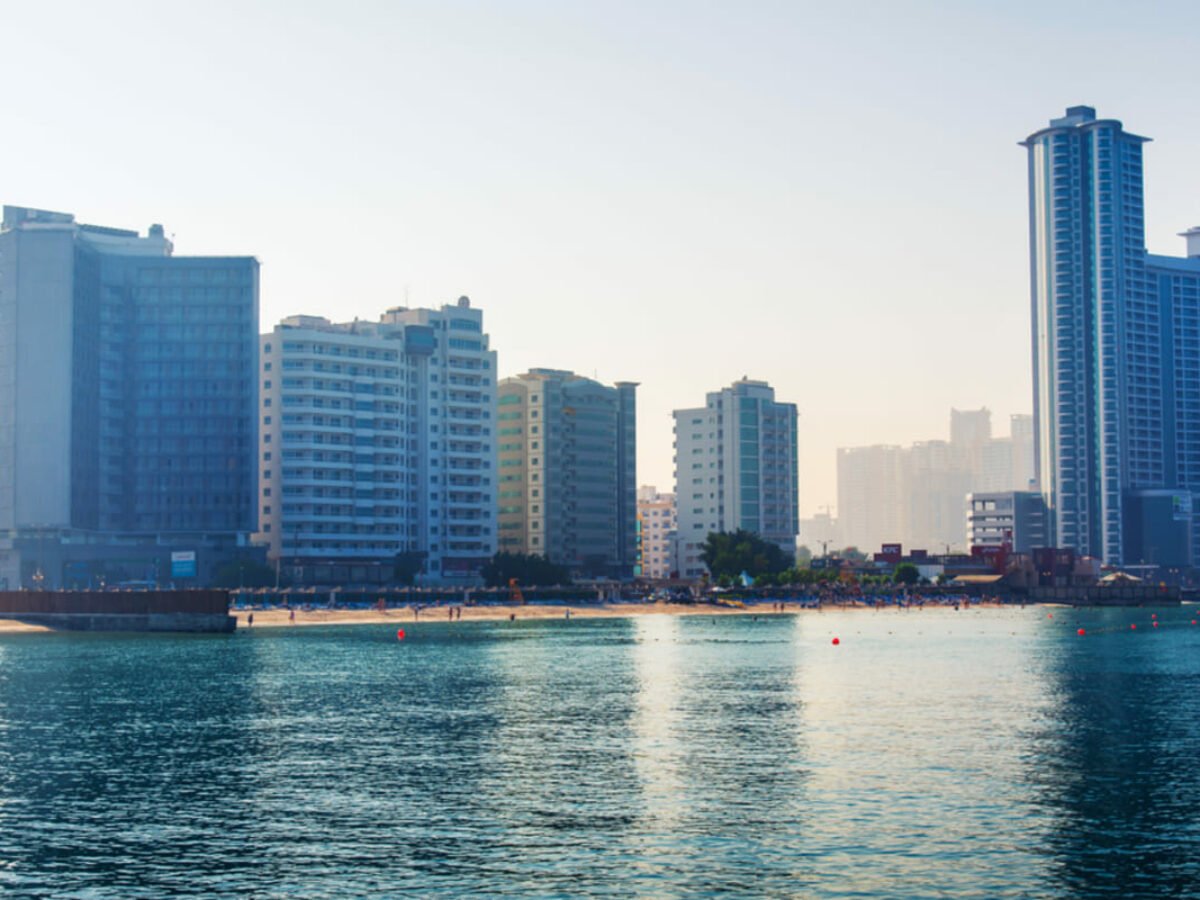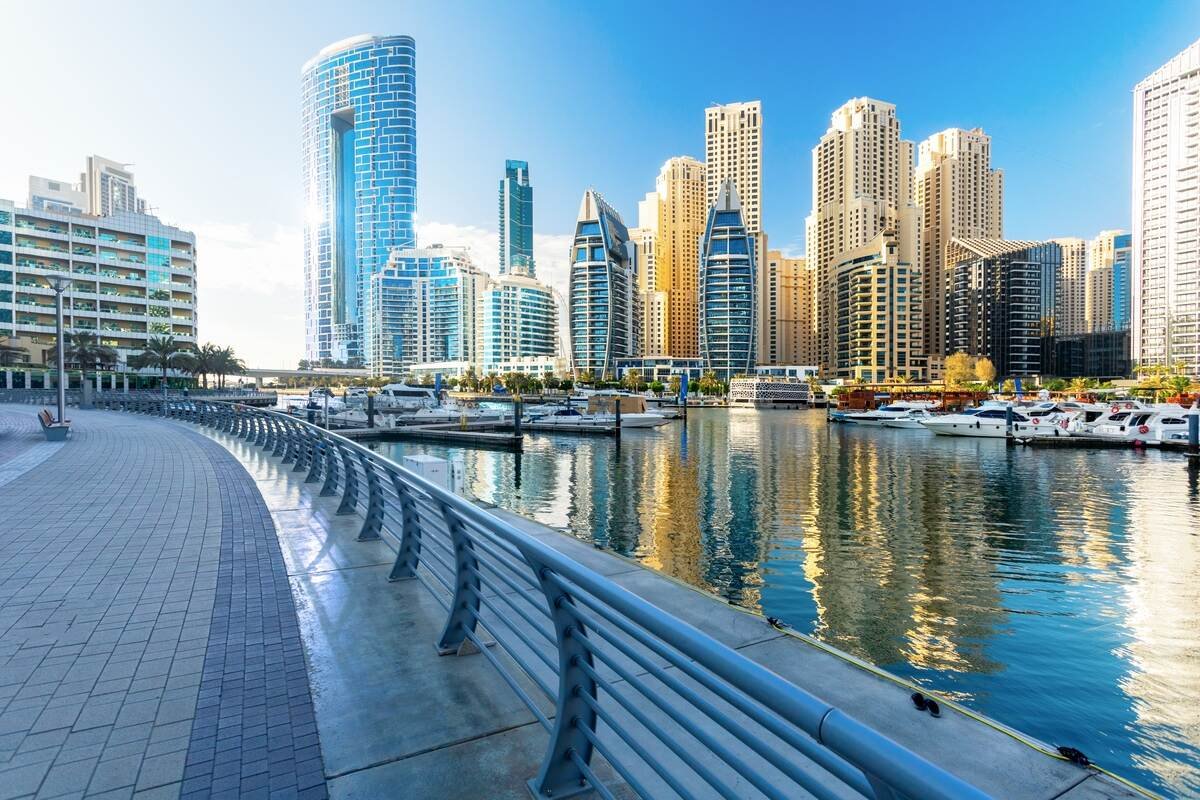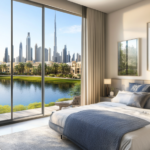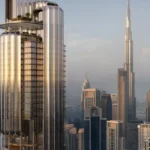Now Reading: Dubai’s Super-Prime Homes Break Global Records
-
01
Dubai’s Super-Prime Homes Break Global Records
Dubai’s Super-Prime Homes Break Global Records

Table of Contents
The Rise of a Global Luxury Capital
Dubai has long been a symbol of opulence, ambition, and architectural brilliance. But in recent years, it has evolved from a regional luxury hub into a global magnet for ultra-high-net-worth individuals (UHNWIs). As international investors seek safety, stability, and lifestyle excellence, Dubai’s super-prime real estate market—homes priced above $10 million—has shattered records and set new benchmarks for global property performance.
From the glistening coastline of Palm Jumeirah to the exclusive enclaves of Emirates Hills and Jumeirah Bay Island, Dubai’s luxury housing market is rewriting the rulebook on value, design, and demand. The city has now joined the ranks of London, New York, and Hong Kong as a true super-prime destination—and it’s doing so on its own, distinctive terms.
Why the World’s Wealth is Flowing into Dubai
Global wealth migration is no longer just about tax advantages; it’s about lifestyle security and future potential. In a world where political and economic uncertainties dominate headlines, Dubai stands out as a rare blend of stability, safety, and opportunity.
Several key factors have made the city irresistible to global investors:
- Strategic Location: Positioned between East and West, Dubai offers easy access to Europe, Asia, and Africa—making it ideal for international business leaders.
- Tax-Friendly Environment: The UAE’s zero income tax and investor-friendly policies are a major draw for entrepreneurs and global elites.
- World-Class Infrastructure: From its airports to its healthcare and schools, Dubai offers a lifestyle that competes with the world’s top cities.
- Lifestyle and Security: The city’s unmatched quality of life, coupled with its reputation as one of the safest cities globally, makes it a preferred choice for wealthy families.
As a result, billions of dollars are being funneled into Dubai’s luxury property sector, fueling a wave of record-breaking sales and sky-high valuations.
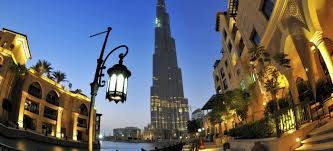
Super-Prime Homes: A Market in Overdrive
Dubai’s super-prime property segment has seen phenomenal growth in both transaction volume and average price per square foot. Ultra-luxury villas and penthouses are selling faster than ever—often to buyers from Europe, Asia, and the Middle East seeking exclusive, limited-edition residences.
Recent data reveals that properties exceeding $10 million in value have become a standard in the top-tier market. The surge has been so strong that developers are struggling to keep up with demand, with new projects being sold out even before completion.
In areas such as Palm Jumeirah, Dubai Hills Estate, and Jumeirah Bay, the per-square-foot prices have surpassed previous peaks, signaling a long-term structural shift rather than a short-term boom.
The Palm Jumeirah Effect
No discussion about Dubai’s luxury real estate is complete without Palm Jumeirah—the man-made island that continues to redefine global waterfront living. Home to some of the world’s most exclusive villas and penthouses, it remains the epicenter of Dubai’s ultra-prime market.
Buyers from Europe, India, and Russia have shown a strong appetite for Palm properties, pushing prices to new highs. Oceanfront villas that once sold for AED 30 million are now commanding over AED 100 million, with the most exceptional homes crossing the AED 200 million mark.
The allure is simple: privacy, prestige, and panoramic sea views. For the global elite, Palm Jumeirah isn’t just a location—it’s a statement.
The Billionaire’s Playground: Jumeirah Bay and Emirates Hills
Jumeirah Bay Island has emerged as another trophy location, attracting the world’s wealthiest with its exclusive community and limited plots. Branded residences like Bulgari Mansions and ultra-modern beachfront villas have achieved prices comparable to, and sometimes exceeding, those in London’s Kensington or New York’s Upper East Side.
Emirates Hills, often dubbed “The Beverly Hills of Dubai,” remains a timeless favorite among business moguls and high-profile personalities. Each mansion is unique—custom-built, expansive, and private—making it one of the most coveted addresses in the Middle East.
Together, these neighborhoods have helped Dubai achieve something unprecedented: a consistent and sustainable demand for homes priced at the very top end of the global property ladder.
Global Uncertainty, Dubai Stability
As economies in Europe and North America face rising inflation, volatile markets, and shifting regulations, wealthy investors are diversifying their portfolios—and Dubai has become their safe haven. The emirate’s currency stability (linked to the US dollar), business-friendly environment, and commitment to innovation have instilled long-term confidence among global investors.
This trend isn’t limited to individuals; investment funds and family offices are also turning to Dubai for long-term asset protection and appreciation. In many ways, Dubai has become the Switzerland of the Middle East—neutral, stable, and future-focused.
Branded Residences and Architectural Icons
Another driving force behind Dubai’s record-breaking luxury sales is the rise of branded residences. These properties, developed in collaboration with globally recognized hospitality or fashion brands, combine design excellence with lifestyle amenities.
Some of the most successful examples include:
- The Bulgari Residences on Jumeirah Bay Island
- The Dorchester Collection Residences at Business Bay
- Armani Residences at Burj Khalifa
- One Za’abeel Residences, offering 360° views of the city skyline
These projects appeal to global buyers who value exclusivity, brand prestige, and service excellence. For many, it’s not just about owning a home—it’s about owning a lifestyle that represents the pinnacle of global luxury.

Record-Breaking Deals: The New Normal
In recent months, Dubai has witnessed some of the most jaw-dropping real estate transactions in its history. Mega-mansions and designer penthouses have sold for prices once unimaginable in the region.
Transactions exceeding AED 500 million are no longer rare, and developers are pushing creative boundaries to cater to this elite segment. From private beach clubs to in-villa cinemas, helipads, and yacht berths, the amenities in Dubai’s super-prime homes are redefining modern extravagance.
What was once considered a niche market is now a thriving ecosystem powered by innovation, confidence, and global attention.
The Shift from Speculative to End-User Demand
Unlike the speculative boom of the early 2000s, today’s luxury demand is more mature and sustainable. Buyers are largely end-users—business founders, executives, and wealthy families who plan to live, work, or retire in Dubai.
This shift has stabilized the market, reducing volatility and adding credibility to the city’s long-term real estate outlook. Developers, too, have become more strategic, focusing on limited-edition projects that prioritize quality, privacy, and sustainability.
Technology, Design, and the Future of Luxury Living
Today’s ultra-rich buyers aren’t just looking for opulence—they want innovation and personalization. Smart home systems, AI-driven climate control, and eco-friendly architecture are now standard features in the luxury segment.
Dubai’s new developments are at the forefront of this evolution, blending cutting-edge technology with timeless design. From biophilic architecture that brings nature indoors to renewable energy integration, the next generation of super-prime homes promises luxury with a conscience.
The Investor’s Perspective: Returns Beyond Luxury
While the aesthetic and lifestyle appeal of Dubai’s high-end properties is undeniable, investors are equally attracted to their strong return potential. Despite rising prices, yields in Dubai’s luxury segment often outperform those in other global cities.
High rental demand from expatriates and corporate executives ensures steady income, while the continued appreciation of prime property values adds a layer of long-term capital growth. In essence, Dubai offers the rare combination of luxury, liquidity, and longevity.
Looking Ahead: A Sustainable Growth Story
As the global economy continues to shift, Dubai is positioning itself as a future-ready hub for wealth, innovation, and sustainability. Government initiatives such as the Golden Visa, retirement residency programs, and the Dubai 2040 Urban Master Plan are reinforcing investor confidence and ensuring the city’s growth trajectory remains inclusive and forward-thinking.
The luxury property boom shows no signs of slowing. If anything, the ongoing influx of international wealth suggests that Dubai’s super-prime homes are entering a new golden age—one defined not by speculation, but by genuine global appeal.
Conclusion: Dubai Redefines Global Luxury
In less than two decades, Dubai has achieved what few cities could: transforming from a regional trading post into a world capital of luxury living. The record-breaking success of its super-prime homes is a reflection of its resilience, vision, and ability to evolve with global trends.
As wealth continues to flow in from across continents, Dubai’s luxury real estate market is poised to remain at the top of the global leaderboard—setting new standards for excellence, exclusivity, and elegance.
Do Follow Estate Magazine on Instagram
Binghatti’s $500 Million Green Sukuk Oversubscribed: A Sustainable Finance Triumph



